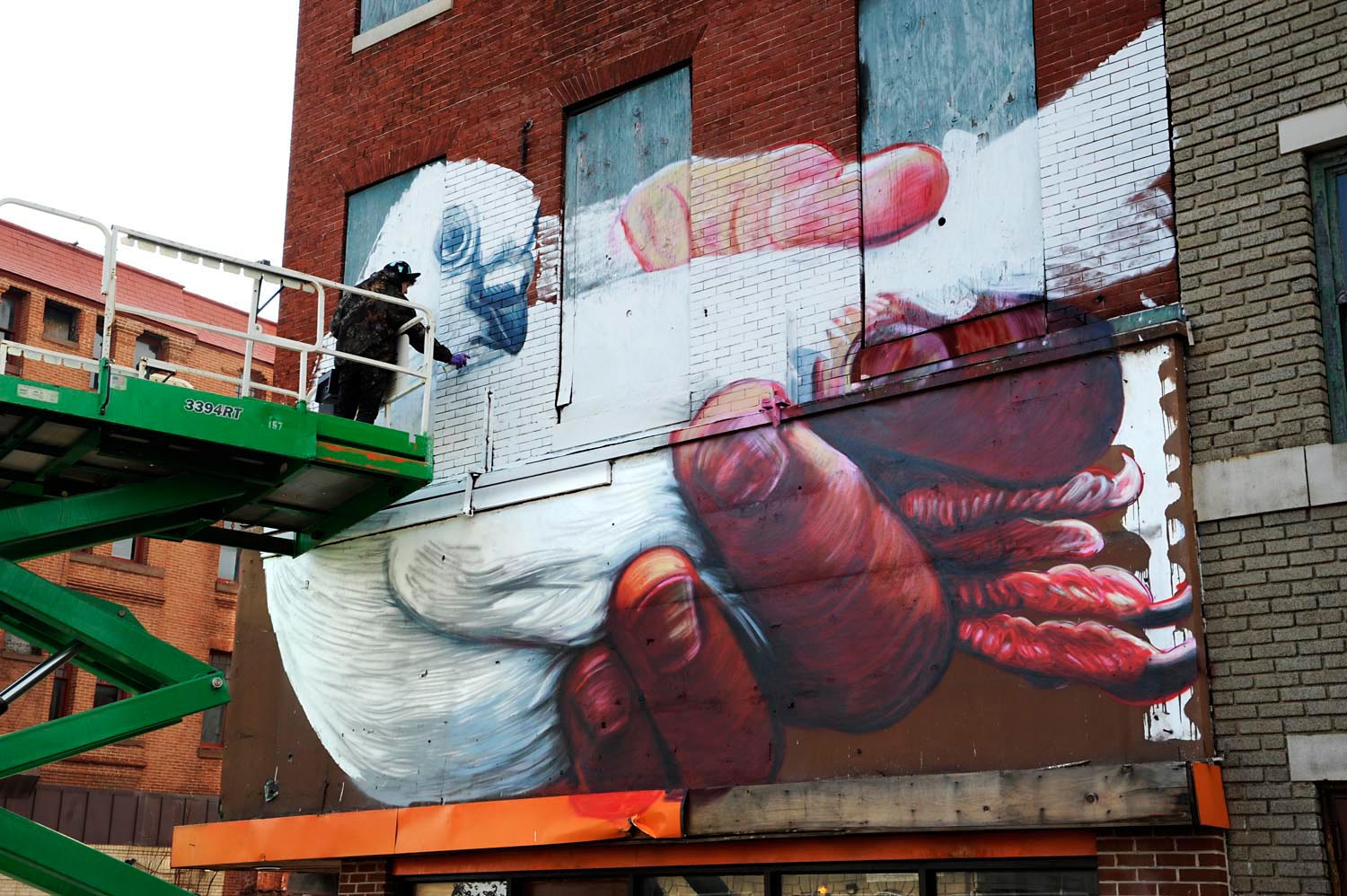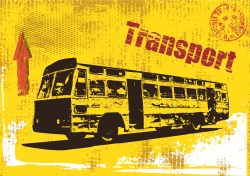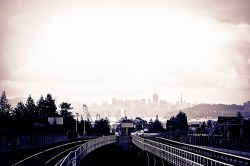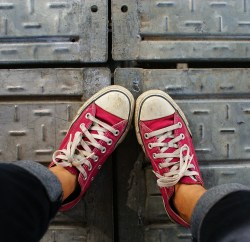Looking for a quality way to spend a few hours while the clock ticks down to 2013? We dug back through the cities archives from the past year in search of quality writing that merits a second, or even a third look. Here are our faves.
1. San Francisco artist mends clothes and builds community — just by giving a darn
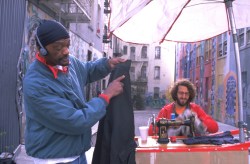
Daniel Gorrell
In which Darby Minow Smith writes about Michael Swaine, who has mended clothing for free on the San Francisco streets for the past 11 years. Here’s Swaine talking about one of his regulars, Veronica, who likes to hang out and chat even when her mending is done:
“The truth is, I love when people stay. I bring chairs out. I never try to kick anyone out. Maybe it’s kind of like a consumer thing. When you go to a restaurant and you finish eating, you should leave. Someone else will want that chair. I think there’s something touching and beautiful about this other function … Veronica has lots of things that she needs mended, but she also really needs someone to listen to her, and someone to talk to.”
2. Jane addiction: Can one humble city-lover be all things to all people?
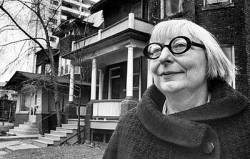
In which Sarah Laskow takes a walk through New York to commemorate Jane Jacobs — “writer, grassroots organizer, patron saint of city lovers everywhere.”
“These days, it’s impossible to avoid Jacobs’ legacy when thinking about cities. But it’s almost as tricky to pin down what, exactly, her legacy is. Great American Cities is long (458 pages) and, in places, boring. (Full disclosure: I’ve read about half altogether — definitely most of Part One, and sections of the other three parts.) Plenty of people who adore Jacobs haven’t read the whole thing, or any of her eight other books. She’s become, for many people, a stand-in for the idea that cities are awesome. If there’s some aspect of a vibrant city that you happen to like, well, you’re pretty safe asserting that Jane would have liked it too.”
3. A low-cost way to improve public transit: Add joy
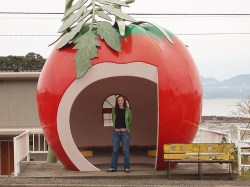
Edica-sensei
In which Scott Carlson makes the case that riding mass transit doesn’t have to be a drag.
“So dig this: In Holland and Berlin, train passengers can whoosh down slides — dubbed the ‘transfer accelerator’ in Holland — to get to their trains faster. Bus-stop shelters in Japan are shaped like giant fruits. (No need to wait for the official fun-meisters — DIYers have outfitted bus stops with swings and periscopes!) And a marketing campaign in Copenhagen enticed motorists to ride the ‘love seats’ on the city buses, where they might get lucky (the PG version).”
4. The new revolutionaries: Landscape architects reinvent urban parks
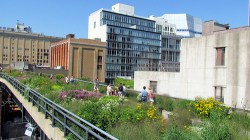
David BerkowitzThe High Line in New York City.
In which Rebecca Messner argues that Frederick Law Olmsted isn’t the last word in urban design.
“The present generation of landscape architects is doing truly groundbreaking work, building parks like the High Line in places nobody expects them. If Olmsted is a classical composer of yore, James Corner and his contemporaries are like Lady Gaga. They’re like Bob Dylan plugging in. They’re the electric guitar after years and years of classical music. BUT YOU’VE NEVER HEARD OF THESE PEOPLE!”
5. Slow ride: Buses are the new vehicles of youth rebellion
In which Claire Thompson argues that car manufacturers won’t appeal to young people by making vehicles more like smartphones.
“Now that I’m out of school and working, I realize that the novelty of driving has worn off completely. I love road trips, but to me, driving in the city increasingly feels like more trouble than it’s worth. It only took a few months of living in Seattle without regular access to a car for me to adapt to the lifestyle, and although I’m now long-term borrowing a family car, my instinct — and often preference — is to eschew driving.”
6. Gallery walls: Cities embrace street art as a ticket to success
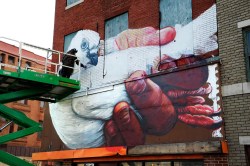
Martha CooperThe artist Gaia puts up an installation in Baltimore.
In which Elizabeth Evitts Dickinson tells about an effort to revive a down-and-out Baltimore neighborhood with an art form that has, in the past, been blamed for urban decline:
“It’s hard to pinpoint when, exactly, street art tipped from illegal enterprise to mainstream arts activity, but it’s safe to say that it was in the groundwater by May 2007 when the anonymous street artist Banksy earned a profile in The New Yorker and people like Brad Pitt started collecting street art. Cities like Philadelphia, Atlanta, Los Angeles, London, Barcelona, and others have appropriated what was once an illegal art form for economic revitalization purposes.”
7. Standing to reason: Do non-believers need temples, too?
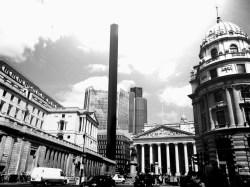
Tom Greenall and Jordan HodgsonAn atheist temple proposed by Alain de Botton.
In which Sarah Goodyear argues that non-believers should steal a few pages from the religious playbook.
“Education hasn’t succeeded in beating back the tide of anti-scientific, willfully ignorant fundamentalist thinking. Maybe some grandiose architecture is just what rational atheists need to compete in the marketplace of ideas.”
8. Beautiful struggle: Martin Luther King and the fight for the environment
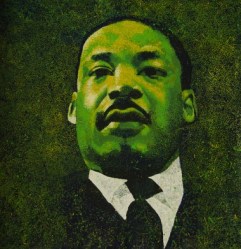
Chris Tank
In which Lionel Foster argues that if King were alive today, he would be an environmentalist.
“I believe that in this era of globalization, he would talk about climate change, the North/South divide, and our moral duty to preserve the natural resources that are fundamental to human wellbeing.”
9. Forget about San Francisco: Second-tier towns are where the action is
In which our hero, a Cleveland native, moves to San Francisco, only to find something lacking.
“Being from the city that is widely regarded as the ‘Mistake on the Lake’ is urbanism’s equivalent to being the fat kid in gym class, and it can leave one just as scarred as too many dodgeball hits to the face.”
10. The real gun crisis is in America’s urban sacrifice zones
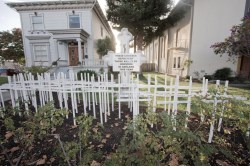
pfeyhA memorial in Oakland.
In which Susie Cagle laments the school massacre in Newtown, Conn., and wonders why the nation continues to ignore gun violence in the inner city.
“Safer, healthier cities draw and keep new residents away from the unsustainable suburbs and exurbs. But while the numbers point to positive trends on the whole, they also reveal our sacrifice zones: Cities that have not been revitalized in this recent wave, where we have allowed poverty and violence to concentrate, out of sight and mind — cities that go unmentioned in the wake of mass murders like the one in Newtown, though they are actually our mass murder capitals.”
11. Urban naturalist: Molly Steinwald challenges city kids to find the wilderness in a sidewalk crack

Julia PetruskaMolly Steinwald (right) with a group of high school interns.
In which Greg Hanscom profiles a scientist and educator who is bringing environmental education to inner city kids in Pittsburgh.
“Steinwald’s basic assumption is this: You don’t have to go to a national park, or even a city park, to connect with the natural world. It’s crawling past you on the sidewalk or drifting through the air right under your nose. That, she says, is where city kids can make a lasting connection with nature — if they’re paying attention.”
12. Foot forward: Walkability is the key to fixing cities
In which Andrew Zaleski interviews city plenner Jeff Speck about his new book, Walkable City: How Downtown Can Save America, One Step at a Time. Here’s Speck responding to the question, “In the event of a zombie takeover, is this the point where I can just burn gas, drive cars, and run them over?”
“I think any question of national defense or planning for the thousand-year storm, of any kind, works against urbanism. [In 1942,] the architect Josep Lluis Sert wrote a brochure called ‘Can Our Cities Survive?’ And it compared what happens when a planeload of bombs drops on an urban area versus what happens when a planeload of bombs drops on a suburban garden city. It was one of many documents that was highly influential in the intellectual transformation that killed American cities.”

